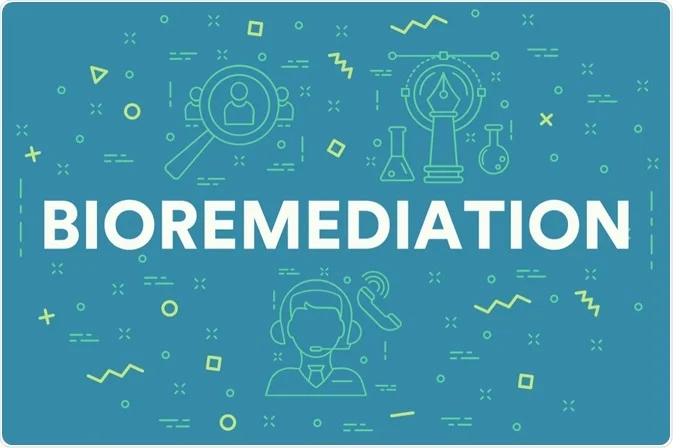All You Need to Know About Bioremediation in 300 Words
May 27, 2022 2022-05-25 9:45All You Need to Know About Bioremediation in 300 Words
Bioremediation is a process that uses living organisms to degrade environmental pollutants or to prevent pollution through waste treatment.
The process is carried out in non-sterile open environments that contain a variety of organisms. Out of these organisms, some organisms like bacteria, usually have central roles in bioremediation, whereas other organisms like fungi and grazing protozoa also affect the process.
There are different types of bioremediations, some of them are:
1) Microbial Bioremediation: Microbial bioremediation utilizes microorganisms and/or their derivatives (enzymes or spent biomass) to clean up environmental contaminants.
2) Phytoremediation: This type makes use of plants (directly or indirectly) to remediate contaminated soil or water. Plants can be used to accumulate inorganic and organic contaminants, metabolize organic contaminants, and encourage microbial degradation of organic contaminants in the root zone.
3) Mycoremediation: Mycoremediation is the method of degrading or removing pollutants from the environment using fungi. The fungi can degrade various classes of pollutants such as polycyclic aromatic hydrocarbons, chlorinated aromatic compounds, dyes, pesticides, etc.
Factors affecting bioremediation:
The process of bioremediation depends upon several factors. These factors affect the rate of bioremediation in one or the other way. Some of these factors are:
- Availability of nutrients
- Environmental factors
- Concentration of oxygen
- Temperature
- Moisture content
- Site characterization and selection
- Toxic compounds
- pH
Advantages of Bioremediation:
- It helps in complete destruction of the pollutants; many hazardous compounds can be transformed into harmless products.
- Sustainable and eco-friendly.
- No dangerous chemicals used.
- It eliminates the need to transport quantities of waste off-site and the potential threats to human health and the environment that can arise during transportation as it requires very less effort and can be carried out on site.
- Cost-effective.
Disadvantages of Bioremediation:
- Time-consuming.
- Only works for biodegradable compounds
Authored by Charu Upadhyay, BITS Biocon Certificate Program in Applied Industrial Microbiology, Batch 8
References: https://hero.epa.gov/hero/index.cfm/reference/details/reference_id/8746394 https://www.sciencedirect.com/science/article/abs/pii/S0958166900002056 https://www.tandfonline.com/doi/abs/10.1080/07352680590952496 https://www.peertechzpublications.com/articles/OJEB-2-107.php








